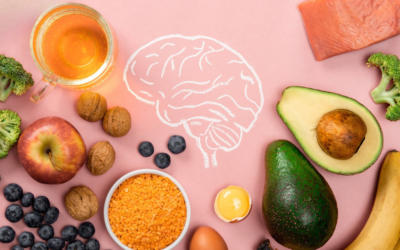A low GI diet is scientifically proven to help manage blood glucose levels, reduce insulin resistance and improve blood cholesterol – all important for preventing, managing and reducing the risk of long-term diabetes related complications.
What is a low GI diet?
The glycemic index tells you how quickly carbohydrate foods affect your blood glucose levels. Foods with a lower GI cause blood glucose levels to rise and fall more slowly whereas high GI foods cause blood glucose to peak and crash.
There are three classifications for a low GI food.
Low: 55 or less
Mid: 56-69
High: 70+
What affects GI value?
There are several factors which impact the GI value of carbohydrates, three key ones to remember include:
- Refinement / fibre content: In general, refined or processed carbs have had most of their natural fibre removed, which means it is rapidly turned into glucose. On the other hand, fibre slows digestion.
- Cooking method: Cooking method affects different foods in different ways, however for starchy foods it is best not to overcook them (think ‘al dente’ pasta) and if you let them cool before enjoying, the GI will further lowered.
- Fat and acid: The more fat or acid a carbohydrate food contains the slower it is converted into glucose and absorbed by the bloodstream. Add lemon juice, vinegars, pickles and olive oil to meals to help reduce the GI.
The benefits
By living a healthy low GI lifestyle, not only will you get the benefits of preventing and best managing diabetes, it also can also help to maintain healthy weight, improve heart health, provide sustained energy, increase mental performance, maximise sports performance, reduce breast cancer risk, manage polycystic ovarian syndrome, promote eye health and manage acne.


